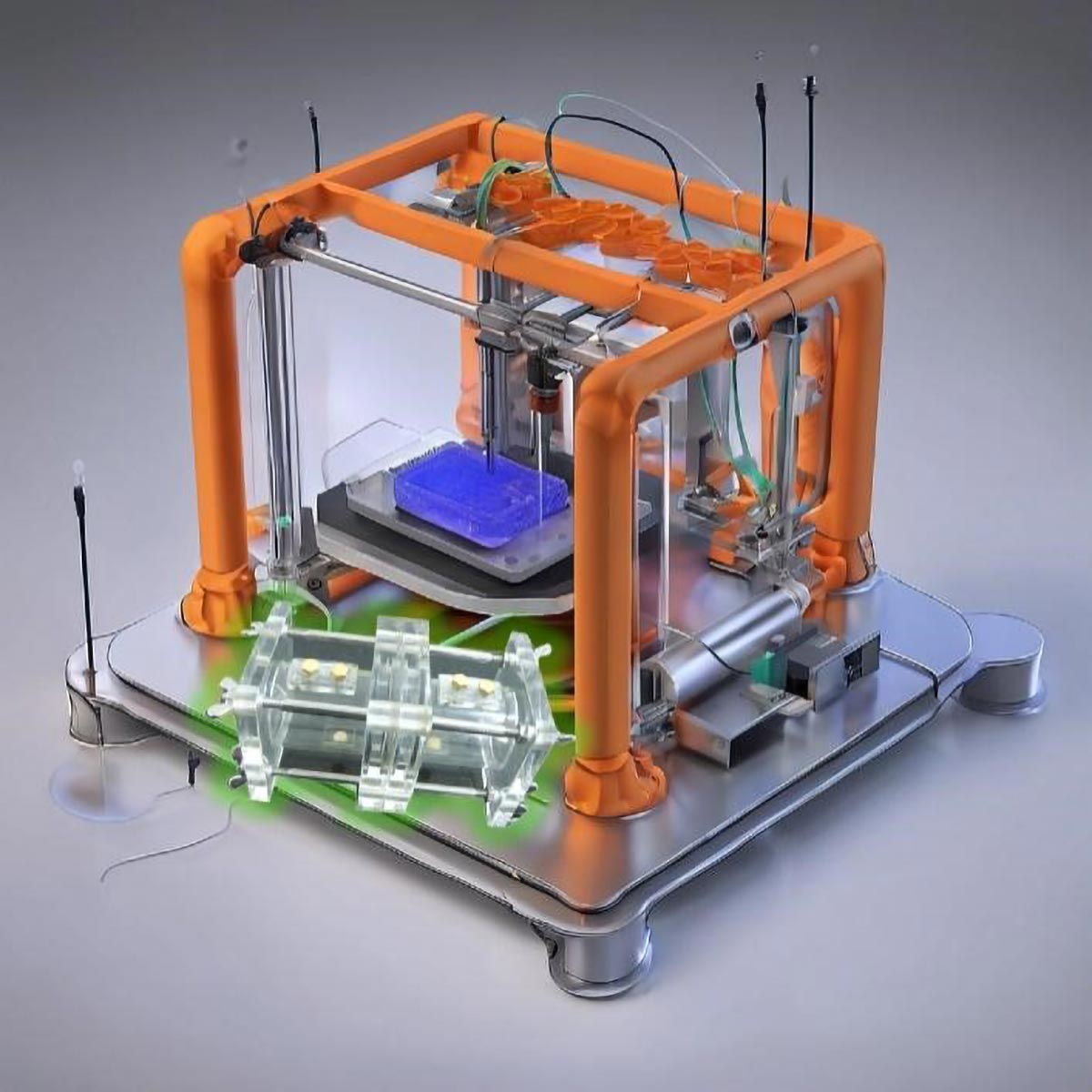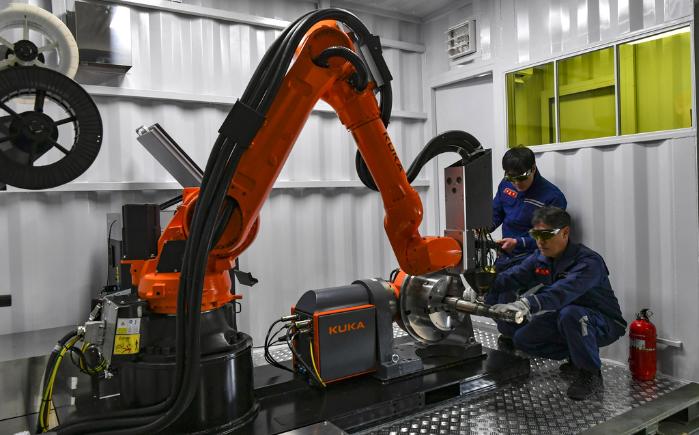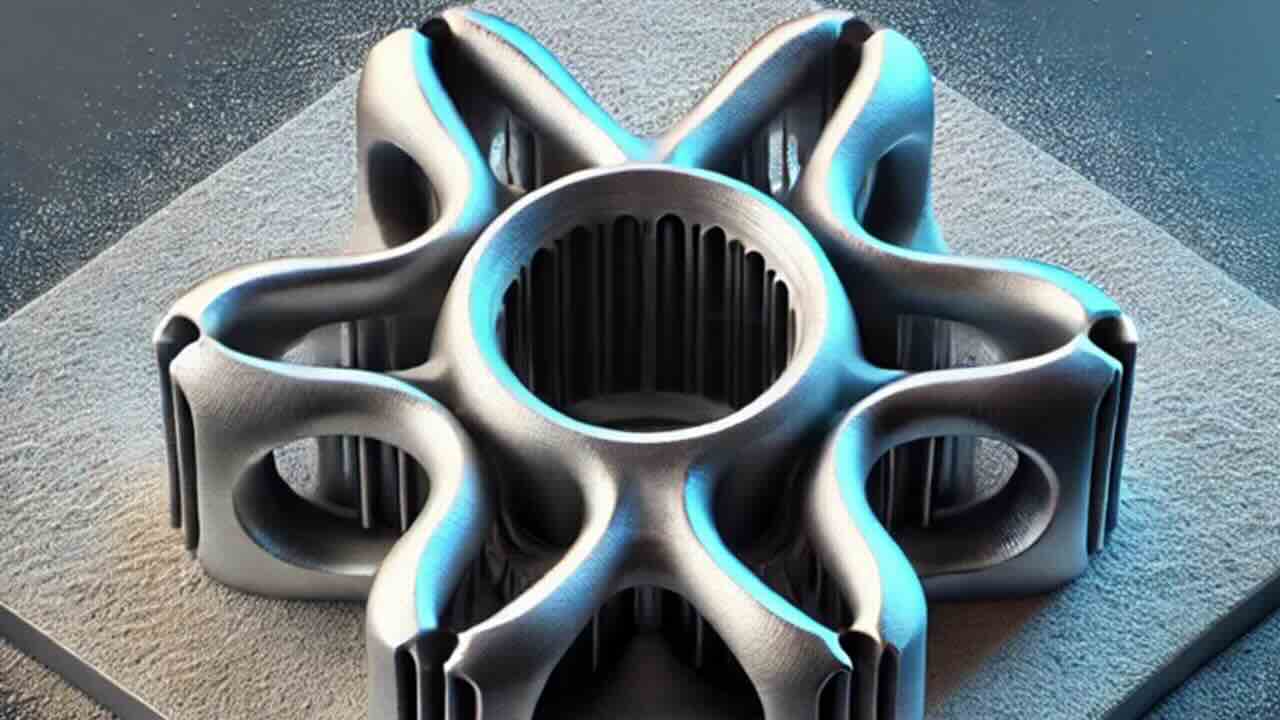Researchers from the Technical University of Denmark have found a way to use 3D printed microbial reactors to clean wastewater while generating electricity at the same time. The team, led by Dr. Yifeng Zhang from the Department of Environmental and Resource Engineering, recently published their findings in Frontiers of Environmental Science & Engineering showing how these specially designed systems could transform how we handle water pollution and create sustainable energy.
The study explains how 3D printing allows scientists to create precisely designed structures that help microorganisms work more efficiently. This breakthrough could lead to better water treatment facilities and new ways to produce clean energy from waste materials.
How 3D Printed Microbial Reactors Work

Think of these systems like tiny power plants run by bacteria. In a 3D printed microbial reactor, special microorganisms break down pollutants in wastewater. As they do this work, they release electrons that can be captured as electricity. Traditional systems for doing this have been limited by their designs, which are often difficult to modify or improve.
With 3D printing, scientists can now create reactors with precise shapes and features that help the microorganisms work better. They can design channels that improve water flow and create surfaces where bacteria can easily grow. This precision makes the whole system much more efficient at cleaning water and producing energy.
“The integration of 3D printing into these microbial systems represents a major breakthrough,” explains Dr. Yifeng Zhang, who led the research. “It gives us the precision and flexibility needed to optimise reactor designs, which are critical for enhancing system performance.”
Building Better Electrodes and Bacterial Communities
One of the most exciting aspects of this research is how 3D printing allows for better electrode design. Electrodes are the parts where bacteria transfer electrons, similar to how batteries have positive and negative terminals. With 3D printing, researchers can create electrodes with custom shapes and textures that provide more surface area for bacteria to grow on.
The study also shows how scientists can use bioprinting – a special type of 3D printing that works with living cells – to place bacteria exactly where they need to be. This means they can build communities of different microbes that work together more effectively to clean water and generate electricity.
“We can now design surfaces with specific roughness and porosity that bacteria love to grow on,” explains the research team. “This means more microorganisms can attach to the electrodes, leading to better performance of the whole system.”
Real-World Benefits for Communities and Industry
The practical applications of 3D printed microbial reactors could be far-reaching. In water treatment, these systems could clean wastewater more effectively and at lower costs than current methods. This would be particularly valuable in areas with limited access to clean water or proper sanitation.
For energy production, these systems could transform waste materials into useful electricity. While the amount of power generated is currently small, improvements in design could make these systems a meaningful source of renewable energy in the future.
“This innovation not only helps develop better environmental technologies but also opens up new ways to address global challenges in water and waste management. The potential applications are vast, and we’re excited to see how this technology will continue to evolve.”
– Dr. Yifeng Zhang, Department of Environmental and Resource Engineering, Technical University of Denmark
The research was funded by several international organizations, including the Ministry of Foreign Affairs of Denmark, Villum Fonden, Independent Research Fund Denmark, and the Horizon Europe project BIOMETHAVERSE. This international support highlights how important this technology could be for solving environmental problems worldwide.
As 3D printed microbial reactors continue to improve, they could become a key part of creating more sustainable water and energy systems. The technology offers a promising path forward for communities looking to address pollution while generating clean energy from waste.
About Manufactur3D Magazine: Manufactur3D is an online magazine on 3D Printing. Visit our Global News page for more updates on Global 3D Printing News. To stay up-to-date about the latest happenings in the 3D printing world, like us on Facebook or follow us on LinkedIn and Twitter. Follow us on Google News.












